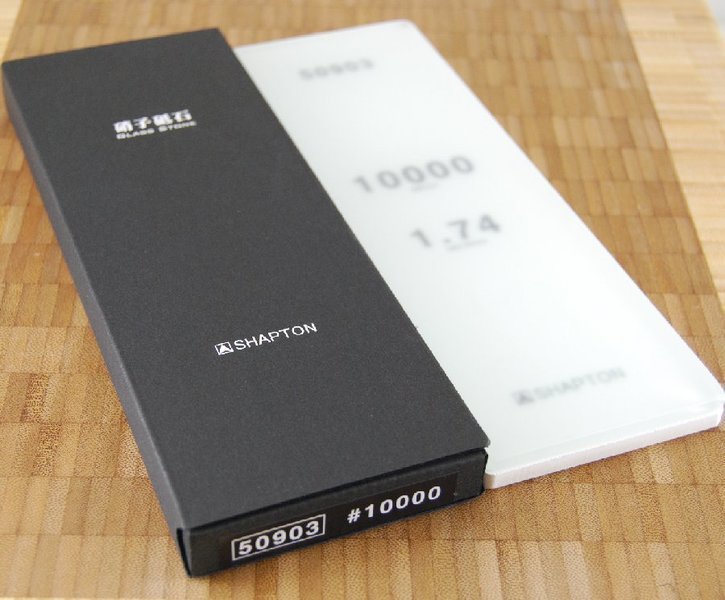- Joined
- Apr 20, 2018
- Messages
- 4,458
Personally I hit a ceiling with my technique until I switched over to my left hand side It allowed me to maintain the knife at a 45° angle of orientation in relation to the stone just like on my right side with the spine away from me which is huge for keeping the knife nice and steady on the stone when moving back and forth. Also makes the same scratch pattern I get on my right side, It certainly paid off to make the switch It was difficult initially because all I wanted to do was be awesome but I think it's definitely worth it to step outside ones comfort zone.
I think one problem here on forums is everybody has a different way of doing something and if you try to follow every person's different way of doing something you'll be more confused than ever.
Just find something you like and stick with it and branch out when curiosity demands or if there is potential for huge improvement but I wouldn't worry about idiosyncrasies and chasing them.
Completely agree. I still want to incorporate my left hand. Just had too many changes all at once. So I'll slow things down and make incremental adjustments. I've watched your "how-to" video on how you sharpening (over the sink with the vitrified stone) several times and it's an inspiration. That's where I want to get to.


